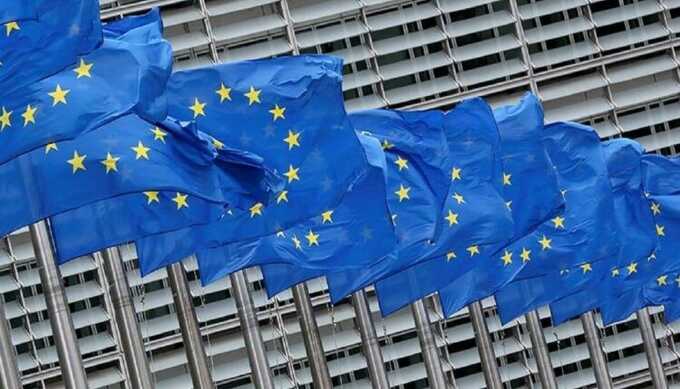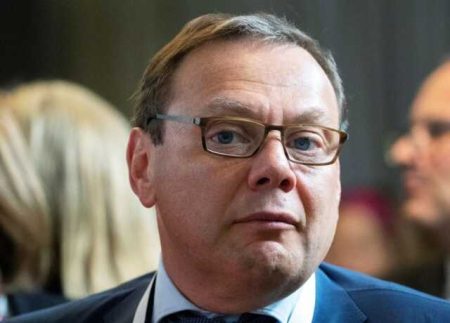Bank of America experts predicted a “terrible” scenario for a gas crisis in the European Union
Analysts believe that European countries may not have time to accumulate a sufficient supply of energy before the onset of winter
The situation on the gas market in European countries is rapidly deteriorating and is moving from a “bad” scenario to a “terrible” one. Bank of America experts came to this conclusion after conducting a study.
As analysts believe, the European Union may not have enough energy for the winter. According to their calculations, with Nord Stream 1 operating at 20% of its capacity, countries may not be able to accumulate sufficient gas reserves for the winter period, so the European leadership intends to introduce large-scale demand rationing.
On July 27, the volume of gas pumped through the Nord Stream 1 gas pipeline was reduced to about 20% of the nominal capacity of the pipeline. Gazprom had warned about the upcoming reduction two years before. The company said in a statement that the daily volume of gas pumped through Nord Stream 1 would be 33 million cubic meters.
The decrease in pumping at Gazprom was explained by the fact that at the Portovaya compressor station the service life of another gas turbine engine had come to an end, and another repaired unit sent from Canada had not yet been delivered.
Due to the decrease in supplies via Nord Stream 1, gas prices have increased even more in Europe. On July 26, for the first time since March, they exceeded $2,200 per thousand cubic meters, and on July 27 they reached $2,350 per thousand cubic meters.
Since mid-June, Nord Stream 1 has operated at 40% of its nominal capacity. The decrease in the volume of pumping, Gazprom said at the time, was due to the fact that, due to sanctions restrictions, Canada did not return one of the turbines for the gas pipeline after repair. As a result, the Canadian authorities, at the request of Germany, allowed the return of the engine.




